Chapter
7
Our House and the Living Is Easy?
 |
On
November 8, 1936, Daddy
officially buying the farm. He sold his “Land Ranch” near Oakley
and had enough money for the down payment. He had already made a lot
of improvements on the house and the farm. Our house was three rooms
, the fourth room was 5 by 5 with two holes cut into the seat with an
accompanying outdated Sears Catalog, which served two purposes. One
was to wish through as you sat “thinking” over one of the two
holes. The second was to crumple it all up over and over to soften it
up so as not to scratch your touche when you got through thinking. No
soft toilet tissue in those days, at least not at our home. This
fourth room was unattached and set a distant from the house. 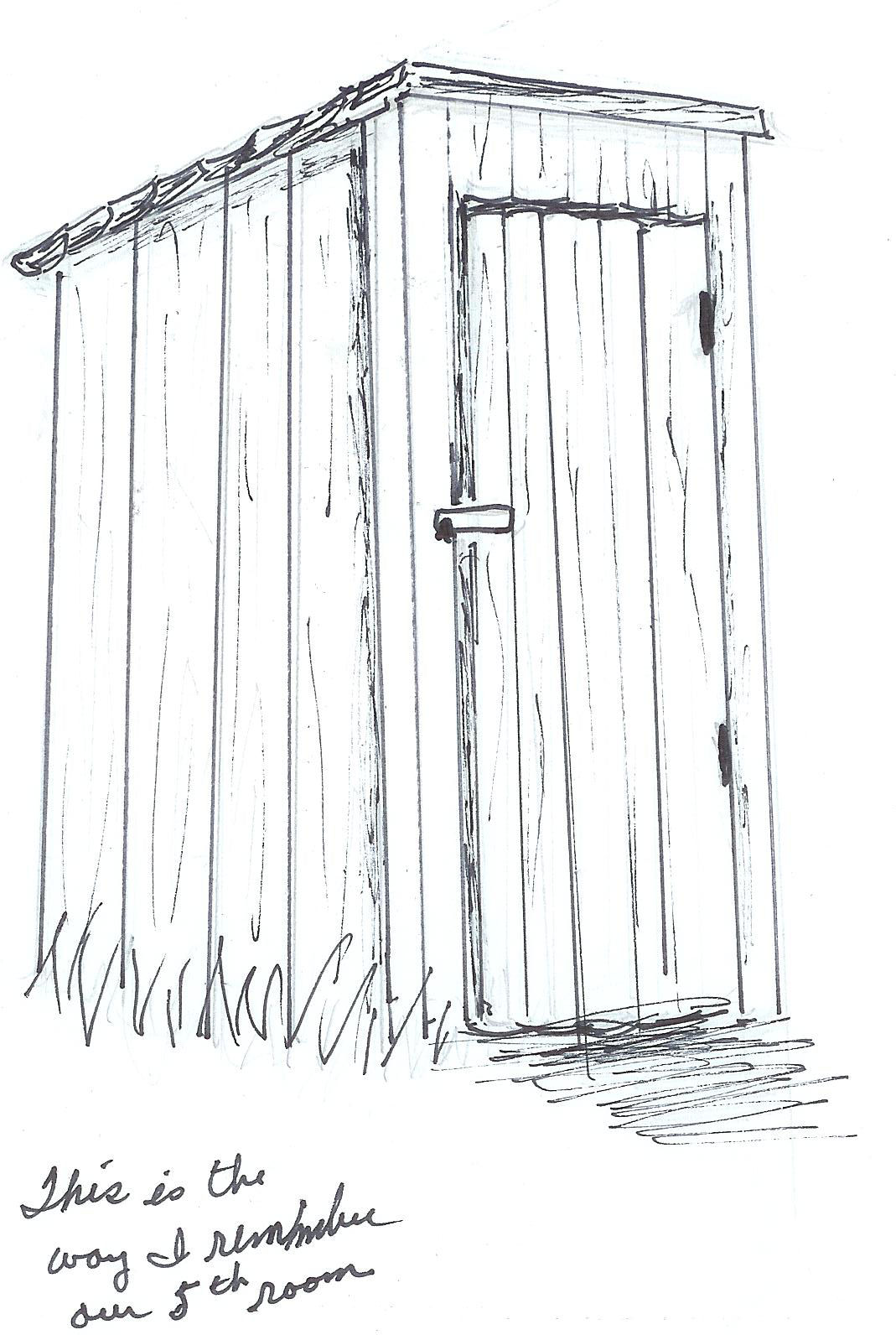
The
kitchen was fairly large. In the middle of the north end stood the
large black coal and wood burning range. On chilly days it was nice
to sit on the open oven door or get a blanket and pillow and sit
between the stove and the wall. (Once Mother burned her bottom on the
oven door and had a hard time sitting for a while. Don't laugh, it
really wasn't funny.) I spent many hours there cutting out paper
dolls from the old Sears Catalog or drawing paper dolls for my little
sisters.
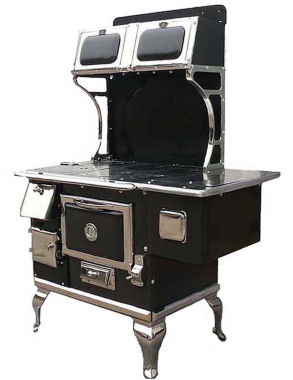
The
large kitchen table was on the east wall between two windows.
A shelf was above the table to hold the kerosene lamp. Daddy built a
closet in one corner and a bed was in the other corner. A wash bench
stood by the door, that held the water bucket for drinking and the
wash bowl, a drinking dipper and a towel hung close by. 
The
“front room”, or living room was a small square room
with the only window on the south wall, We had a shiny black piano
with little cherubs carved in the panels. It was bought for Eunice. I
loved to polish those little shiny black faces. We had a brown
leather davenport that slept three or four of us., And of course the
a pot bellied coal/wood heater. When the weather warmed up in the
spring, the heater was set out until cold weather returned.
The
only bed room was off of the front room. Mother and daddy's bed, a
white wrought iron baby bed with another bed built over the top of
that. Most every night one or two kids would find their way into the
folk's bed. Most of our mattress's were straw filled. 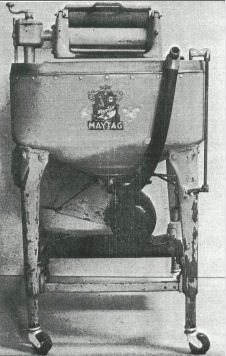
We,
like every other family in the nation had to fight a war against the
bedbug! These tiny, bloodthirsty little critters hid during the day
in any crack, crease, or hole they could crawl into and wait f or
night. As soon as we got into bed, they knew a feast was waiting
and here they came. The sucked our blood into their flat bodies
until they were bright read and almost to burst. Their bites would
leave a red rash. We really didn't feel them biting us because we
were most likely asleep. Mother fought them every way she could.
She searched out their hiding places in the mattresses, bed frames,
and any place they might be hiding. A good squirt from her can of
kerosene would kill them. Al least once a year, in the summer, we
moved out of the house for a night while we fumigated the whole
house. The sulfur fumes were so intense that we couldn't go back
in the house until it had completely aired out. It got rid of them
for a while, and t hen a new army invaded. Everybody recognized
the little critter. You would see them on people's clothing in
church and at school. Ir was nothing for someone to yell out,
“Lois has a bedbug on her!” We always looked over our clothes
pretty carefully.
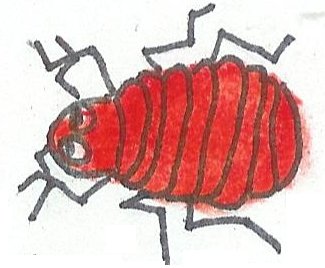
The small front screened porch off the kitchen was home to the washing machine (during the summer it was outside), the cream separator, and in the summer time Myron's bed. In cold weather daddy nailed canvas over the screen to help keep out the cold.
The house was very drafty. We used to hang quilts to the windows to keep the wind out. The linoleum on the floors would rise with the wind coming from beneath. The lighting for our house was kerosene lamps and a gas lantern. There was constant danger of a fire. I remember one night a fire started on the ceiling when the lamp was turned too high. It happened more than once.
Our
water system was an iron hand pump that was out in the
front yard. It was Myron's job to keep the water bucket in the
kitchen filled. The pump also kept the stock watered in the winter.
Girls or not we all had our turn at the end of that pump handle.

All
the water was heated in a reservoir on the cooking range.
On Saturday night, and on wash day water was heated in a big copper
double boiler, we bathed in a round galvanized tub that hung on the
side of the house when not in use for our Saturday night baths or as
a rinse tub on wash day. The first ones to bathe were lucky, I don't
remember how that was determined, but we each got our turn in the
tub. We at least got to add hot water.

The ironing was done with flat irons, also heated on the stove. Our refrigeration was an orange crate padded with gunny sacks and placed in a tree and was soaked with cold water to keep it cool for milk, butter and other perishables.
We
had a spooky cellar that was dark and smelly in the back yard. it was
mostly under ground. It was full of the most wonderful array of
bottled canned fruits and vegetables of all kinds, shelves and
shelves, so very colorful. There was a potato bin at the far end that
kept us in potatoes nearly year around. There were crocks full of
different kinds of pickles plus bushels of apples. It had two
doors, one ground level the other one at the bottom of the steps. It
was cool and inviting on those hot summer days but we kids shied away
from going down there unless necessary. Beside being dark and smelly
there were spiders. The cellar roof was our little mountain. We
played on it a lot. Mother did a tremendous amount of canning during
the summer, which also was a family participation. That cellar kept
the wolves from our door during those depression years.
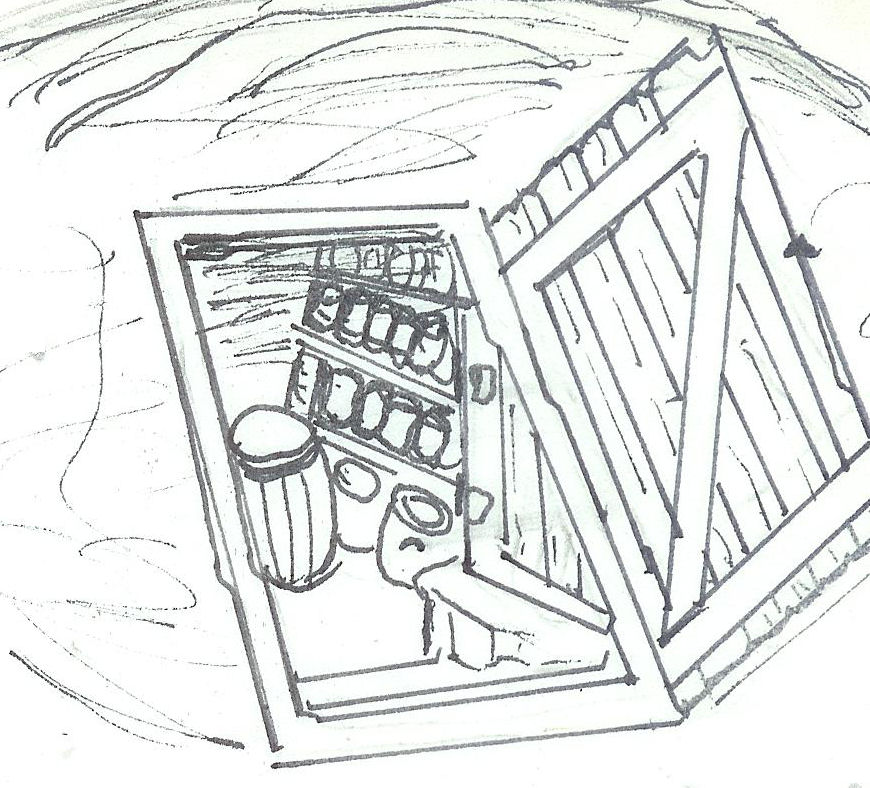

In
the winter of 1941 Daddy built an addition to the west side of the
house, over a newly dug cellar. A new kitchen with built in
cupboards, a small bed room for Myron a shower room and a closed in
back porch. A wash basin was put in next to the back door. We still
had to use the little room with two holes cut in the seat that set
back from the house. In the wintertime the little kids got to use the
“Thunder mug” at night The ugly part, it had to be emptied every
day, another part of our chores.
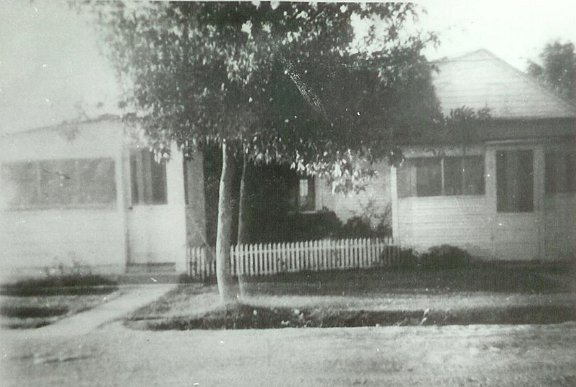
Our house in the 1940s.
The original kitchen was then divided into two bed rooms for us girls. The water was also brought into the house soon after to the sink and wash basin. The water drained out through a pipe in the wall and was piped out to a ditch out back of the house. What wonderful improvements.
We
listened to music on a Victrola that played thick 78 rpm records. It
was a wind-up phonograph player with the turntable and amplifying
horn tucked away inside a wooden cabinet that looked like a piece of
furniture. It stood on legs and had a place to store records
underneath the phonograph. My favorite records were “Tiptoe Through
the Tulips” and “Billy Venero” about a young cowboy who was
killed by Indians onhis way to see a fair maiden. 
Our Victrola was
similar to this.
It was a very happy occasion when on March 10, 1941 the Frost family was able to have electricity put in our home. After the years of kerosene lamps, flat irons heated on the stove, etc. The little bare light globes hanging from a wire with a pull chain was a lovely sight. The little ones could not wait for it to get dark so they could try the lights. What a fun time they had running from room to room turning on and off the lights. By this time the old house was quite liveable, and comfortable.
But
what really made it home was the day Daddy went to town and bought
Uncle Earl's Philco console radio on September 5, 1941. Oh how we
enjoyed that radio. It stood on the floor and we all sat around, even
laying on the floor around that beautiful talking machine. We each
had our favorite programs, but we listened to what was on. There
wasn't much else we could do while listening or we would miss out.
Mother could crochet while listening but how many of us crocheted?
Daddy's favorite were the boxing matches. He and Myron would go up to
Gooch's to hear them before we got our radio.

A 1938 model Philco radio
console just about like
the one we had.
"Inner Sanctum Mysteries" was a real thriller with all its great sound affects, it really kept us spell bound as to what was going to happen next. The boys liked "Jack Armstrong, the All American Boy" and his adventures around the world. "Little Orphan Anne" appealed to the girls. "Jack Benny" and "Fibber MaGee and Molly" kept the whole family laughing up a storm, while "Ma Perkins" and some of the other soap operas were real tearjerkers. One of my favorites was the "Hit Parade". Each Saturday evening, the 60-minute program offered the most popular and bestselling songs of the week preformed by an orchestra and vocalists. It also featured a musical quiz. We learned all the popular songs of the day. Loved, loved loved it! And of course plenty of news.
We also loved the Sunday Funnies that came with the Sunday newspaper. It was a bundle, not just two or three sheets like today. "Li Abner" was a hill billy, "Dick Tracy" was a detective, "Flash Gordon"and "Buck Rogers" were way head of the time. It included "Mutt and Jeff", "Dagwood and Blondie", and many others. That was when funnies were funny!
 A Blondie comic strip from the 1940s |